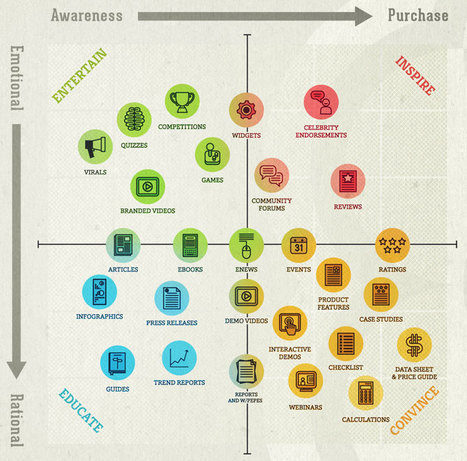Whichever way you spin it, far too many marketers get caught up chasing relatively unimportant metrics. I don’t care if you’ve grown your website from one million to four million visitors, how has it impacted your bottom line?
Profit is, and will always be, the most important metric for any business – online or offline. Profit gives you sanity.
Despite profit’s underlying importance, it isn’t the only business metric worth tracking. After all, you can interpret a lot about the state of your business from a wide range of metrics.
Today, I want to cut through the unimportant metrics and straight to the good stuff: six on-site metrics that all online businesses should be tracking. I’ll also be providing some quick tips on how to improve your performance for each one....



 Your new post is loading...
Your new post is loading...
















When it comes to website metrics, here's how to measure what matters.